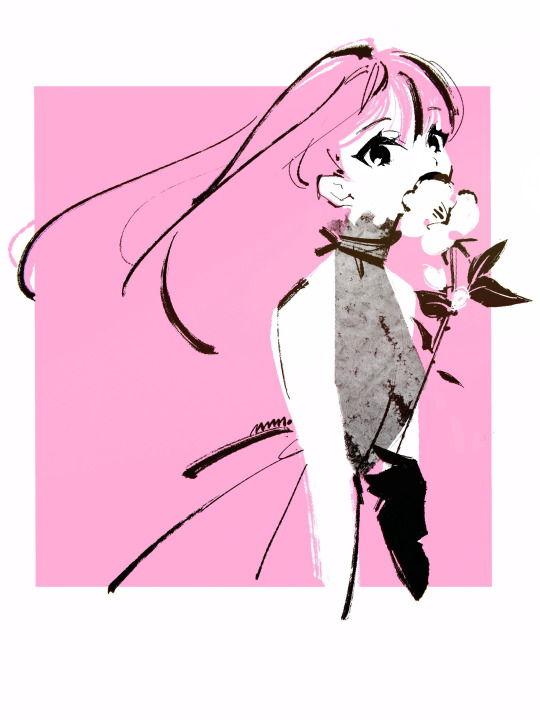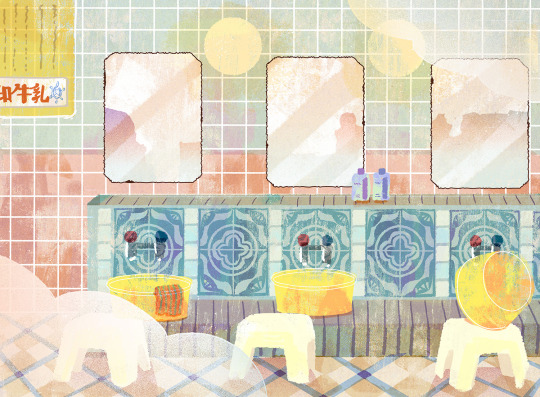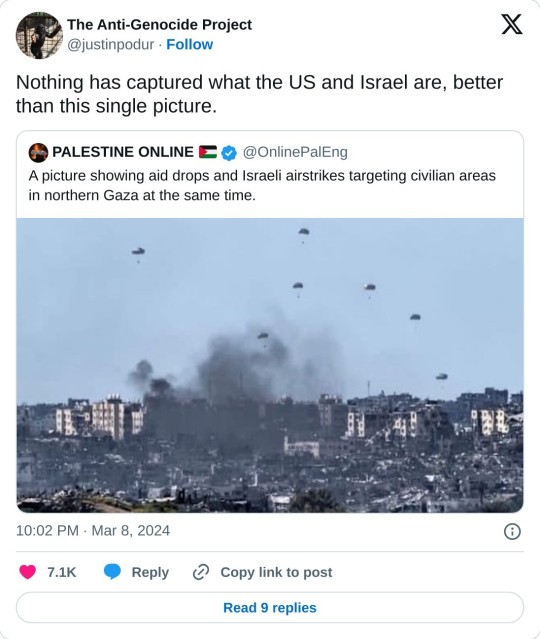Text
地震 (じしん) related words
April has been full of earthquakes in Taiwan.
In the past two days there's been so many earthquakes 🥺 I wanted to talk to my teacher about it, so here's the list of words I've collected.
Related pronunciations
地震 - earthquake
自信 - self-confidence
自身 - self
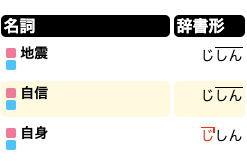
Related words
震度 (しんど) - seismic intensity
震度5強 (きょう) の地震があった。
There was an earthquake with a seismic intensity of strong 5.
余震 (よしん) - aftershock
大きな地震の後に何度も余震が続いた (つずいた)。
After the big earthquake, there were many aftershocks.
断層 (だんそう) - fault (geology)
その地域 (ちいき) は複数 (ふくすう) の断層が存在 (そんざい) している。
There are multiple faults in that area.
震源地 (しんげんち) - epicenter
震源地は市 (し) の中心部 (ちゅうしんぶ) 近くにあった。
マグニチュード - magnitude
その地震のマグニチュードは7.2だった。
The earthquake had a magnitude of 7.2.
地震計 (じしんけい) - seismometer
地震計が大きな揺れを検知 (けんち) した。
The seismometer detected strong shaking.
揺れ (ゆれ) - shake
地震の揺れがとても強かった。
The shaking from the earthquake was very strong.
Difference between マグニチュード and 震度
マグニチュード: total amount of energy released by the earthquake at its source
震度: how big you felt it in your local area
48 notes
·
View notes
Text
2 weeks being in Okinawa and 50 more weeks to go. Kind of crazy to think about.
6 notes
·
View notes
Text
All this trivializing language feels so insidiously deliberate. The ICJ going “We give you one month to show compliance” is essentially them insinuating that the famine in Palestine isn’t so bad that it can’t wait another month for aid to come in. Mainstream media going “This Hamas-Israel war needs to stop” implies that there are two sides to this genocide, when in reality it’s just the IOF versus displaced, starved Palestinians. The ICJ not calling for a permanent ceasefire implies Israel has a right to resume its genocidal acts at some point in the future, that it was never wrong to enact a genocide to begin with. Nothing on an international scale has truly given this the weight it deserves. It all feels so misleading.
4K notes
·
View notes
Text


two Palestinian stamps from a series on fruits and flowers
[id: two square postage stamps with botanical illustrations. the left depicts a flowering thyme plant while the right depicts hibiscus flowers. the face value of the left stamp is 100 Jordanian fils. the face value of the right stamp is 25 Jordanian fils. end id]
2K notes
·
View notes
Text
It was really difficult to find an article that doesn't call the objects Japanese. Most of the objects that were stolen are Ryukyuan from the Ryukyu Kingdom and are not Japanese.
By Luke Gentile
The FBI announced last week its recovery of at least 22 historical artifacts taken after the American victory at the Battle of Okinawa in World War II.
A deal to return the artifacts to the Government of Japan, Okinawa Prefecture, was arranged via the FBI, and a repatriation ceremony will be held after the artifacts return for the first time in nearly eight decades, according to a release from the FBI Boston Division.
Several artifacts date back to the 18th and 19th centuries and hold a place in the long history of Okinawa, including portraits, a hand-drawn map, pottery, and ceramics, the release noted.
“It’s incredibly gratifying when the FBI is able to recover precious cultural property that has been missing for almost 80 years,” Jodi Cohen, the special agent in charge of the FBI Boston Division, said.
“This case highlights the important role the public plays in recognizing and reporting possible stolen art. We’d like to thank the family from Massachusetts who did the right thing in reaching out to us and relinquishing these treasures so we could return them to the people of Okinawa,” Cohen said.
Multiple artifacts now returning to Okinawa were registered with the FBI’s National Stolen Art File in 2001 by the Okinawa Prefectural Board of Education, according to the release.
In 2023, the family of a late World War II veteran (who did not serve in the Pacific) discovered some of the valuable Asian art while they went through his personal items, and they found at least four of the works in the National Stolen Art File, according to the FBI.
“It’s an exciting moment when you watch the scrolls unfurl in front of you and you just witness history, and you witness something that hasn’t been seen by many people in a very long time,” Geoffrey Kelly, an FBI Boston special agent and Art Crime Team member, said.
“These artifacts are culturally significant, they’re important pieces of Japan’s identity. These were especially important because they were portraits of Okinawan kings dating back to the 18th, 19th centuries. This case really illustrates part of the work we do on the Art Crime Team. It’s not always about prosecutions and putting someone in jail. A lot of what we do is making sure stolen property gets back to its rightful owners even if it’s many generations down the road,” Kelly said.
Assisting the FBI in the return of the items was the Smithsonian Institute’s National Museum of Asian Art, according to the release.
“The FBI reached out, asked us for some help making sure they knew how to care for the works and that they had a safe place to store them while they worked out the repatriation details. It’s an honor to be able to help the works go back to their home,” Danielle Bennett, the head of collections management at the National Museum of Asian Art at the Smithsonian Institute, said.
You can see all of the recovered artifacts here.
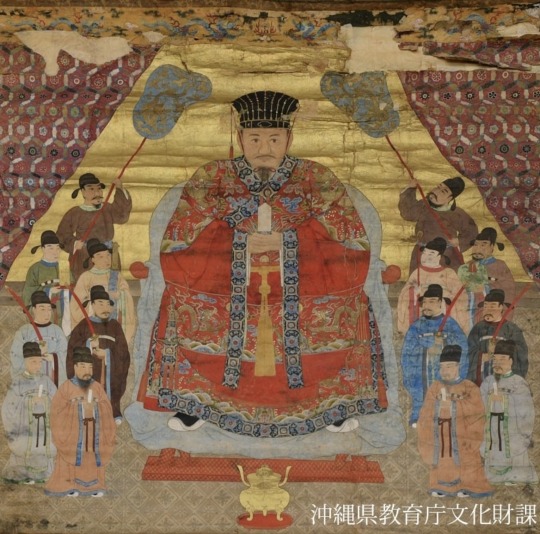
55 notes
·
View notes
Text
By Luke Gentile
The FBI announced last week its recovery of at least 22 historical artifacts taken after the American victory at the Battle of Okinawa in World War II.
A deal to return the artifacts to the Government of Japan, Okinawa Prefecture, was arranged via the FBI, and a repatriation ceremony will be held after the artifacts return for the first time in nearly eight decades, according to a release from the FBI Boston Division.
Several artifacts date back to the 18th and 19th centuries and hold a place in the long history of Okinawa, including portraits, a hand-drawn map, pottery, and ceramics, the release noted.
“It’s incredibly gratifying when the FBI is able to recover precious cultural property that has been missing for almost 80 years,” Jodi Cohen, the special agent in charge of the FBI Boston Division, said.
“This case highlights the important role the public plays in recognizing and reporting possible stolen art. We’d like to thank the family from Massachusetts who did the right thing in reaching out to us and relinquishing these treasures so we could return them to the people of Okinawa,” Cohen said.
Multiple artifacts now returning to Okinawa were registered with the FBI’s National Stolen Art File in 2001 by the Okinawa Prefectural Board of Education, according to the release.
In 2023, the family of a late World War II veteran (who did not serve in the Pacific) discovered some of the valuable Asian art while they went through his personal items, and they found at least four of the works in the National Stolen Art File, according to the FBI.
“It’s an exciting moment when you watch the scrolls unfurl in front of you and you just witness history, and you witness something that hasn’t been seen by many people in a very long time,” Geoffrey Kelly, an FBI Boston special agent and Art Crime Team member, said.
“These artifacts are culturally significant, they’re important pieces of Japan’s identity. These were especially important because they were portraits of Okinawan kings dating back to the 18th, 19th centuries. This case really illustrates part of the work we do on the Art Crime Team. It’s not always about prosecutions and putting someone in jail. A lot of what we do is making sure stolen property gets back to its rightful owners even if it’s many generations down the road,” Kelly said.
Assisting the FBI in the return of the items was the Smithsonian Institute’s National Museum of Asian Art, according to the release.
“The FBI reached out, asked us for some help making sure they knew how to care for the works and that they had a safe place to store them while they worked out the repatriation details. It’s an honor to be able to help the works go back to their home,” Danielle Bennett, the head of collections management at the National Museum of Asian Art at the Smithsonian Institute, said.
You can see all of the recovered artifacts here.

55 notes
·
View notes
Text
horrific article from the bbc broke last about israel detaining healthcare workers, stripping them naked, and beating them for days on end. we already knew israel was doing this to palestinian detainees, but to be deliberately targeting medical personnel--doctors and nurses and medical assistants on the ground trying to heal wounded palestinians--and then literally torturing them are on levels of cruelty i can't even begin to compute.
a humanitarian law expert in this article calls the footage coming out of this "concerning." i call it the terms racists love to throw baselessly at arabs: barbaric and inhumane.
34K notes
·
View notes
Text
I think one of the most disturbing things about the popular narrative we teach around the Holocaust is how the “No one knew,” myth still flourishes and is still widely spoken and believed. “No one knew what was happening until the camps were liberated! The world was shocked!” was taught to me when I was a child and was likely taught to many of you too. I’ve even heard it said aloud in Holocaust testimonies classes, even after we’ve read testimonies that directly contradict this falsehood. People are really fucking attached to it.
“No one knew!” has been repeatedly disputed and disproven, to the point where the mass narrative of it has become terribly indicative of people’s need to dispel feelings of guilt and shame above all else. Even above telling the truth.
Im p sure the original narrative of “no one knew!” was in part the result of low-level German and Polish bureaucrats seeking to avoid arrest and prosecution, because there was a dearth of specific written orders in regards to outlining the machinations of The Final Solution. Which allowed many to claim ignorance and innocence. But it also has been useful in the reimagining of the allies role in the Holocaust, reimagining their complicit silence and inaction into the shock and disgust of witnesses and good liberators.
Because people DID know. Jan Karski infiltrated the Warsaw ghetto before it was liquidated and witnessed firsthand exactly what was happening to the Jewish people. He was sent by the Polish Underground to the UK carrying a message for the UN titled “The Mass Extermination of the Jews in German Occupied Poland.” He had a direct audience with Roosevelt, where he attempted to provide details of what was happening to compel the allied forces to act before it was too late. This was in 42-43.
In 1944, the New York Times published a story about the Warsaw ghetto uprising WHILE IT WAS HAPPENING. This wasn’t a mystery in the states. People knew about the forced ghettoization of the Polish Jews and what they faced as they fought back.
Lanzmann’s Shoah presents several interviews with Polish onlookers outside of Treblinka who, in laughing and awkward remembrance, explained how they would slash their fingers across their throats at Jewish people arriving in cattle cars to “warn them about their fate.” This was in the early period of the Holocaust, before the mechanized, mass exterminations of Auschwitz.
Also in Shoah, several Polish women and men in villages outside of Sobibor (who smilingly explain that their lot in life improved after the local Jews were rounded up and transported to the death camp) acknowledged that yes, at the time, they knew of the fate of their neighbors. They knew they were going to their death and would not be returning. Which is the only way we can explain how quickly Jewish homes and businesses were taken over by their neighbors and city councils.
Like. I’m neck deep in Holocaust testimonials lately and keep knocking my head against this specific Holocaust myth and I feel horrified that it continues and people keep fucking saying it with little introspection on why the narrative is so attractive to them.
29K notes
·
View notes
Text
Johnathan Glazer, Oscar winning Director of The Zone of Interest, a movie depicting the wickedness of apathy during the Holocaust:
“Our film shows where dehumanisation leads at it's worst. It shaped all of our past and present. Right now we stand here as men who refute their Jewishness and the Holocaust being hijacked by an occupation which has led to conflict for so many innocent people, whether they be the victims of October 7th or the ongoing attack on Gaza. All the victims of this dehumanisation. How do we resist? Alexandria, the girl who glows in the film as she did in life, chose to. I dedicate this to her memory and her resistance.”
5K notes
·
View notes
Text


2022 Los Angeles
0 notes
Text
How to start reading books in Japanese
This is a great blog on how to start reading books in Japanese. Even if you already read in Japanese, it has some interesting things to think about in the way you approach Japanese books.
392 notes
·
View notes
Text
For a large majority of my teenage to early adulthood, I thought I was a Size 2 with 7.5 shoe size feet. This whole time I've been wrong. 😭
1 note
·
View note
Photo

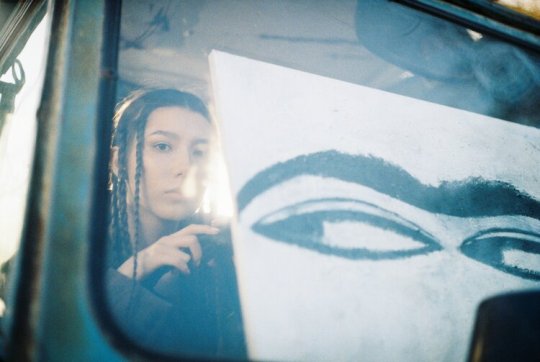
The monobrow is another important cultural code, which Uyghur women have been able to preserve until today. The monobrow is an ancient symbol of fertility. The ancient symbol of the female ideal today stands as the emblem for the rights to its identity. From the time of Buddhism, the cow symbolised the moon and the sun, representing fertility and abundance. Its horns resembled the crescent moon and its milk resembled the Milky Way. The horned crescent becomes a feminine symbol. Thus, the presence of a crescent moon on the head became an important central feature of Eastern women. A woman with outgrown eyebrows gains a high status in society. In the Uyghur culture, the tradition of the veneration of the Mother of Fertility has completely disappeared, but the urge to draw a monobrow has survived to this day. Nowadays, Turkic women have a tradition of dyeing their eyebrows with Isatis Tinctoria to make their eyebrows grow thick. Today this practice remains. A thick outgrown eyebrows symbolise a sign of womanhood. Dying your eyebrows with Usma (Isatis Tinctoria) is a ceremony on its own. It is like a secret evening for girls and women. I remember my mother squeezing out the juice of Usma with her hands. My sisters and I would sit down as she drew the line connecting our eyebrows with the juice. It’s almost impossible to flush the green paint - it’s absorbed so much into the skin. When I went outside, my friends used to be surprised and even mocked me because I grew up in a Russian-speaking environment and only two Uyghur families are living on our street.
When I was a kid, I never liked my monobrow. However, as I grew older. I realised that it always tied me to my identity. The monobrow has an ancient history, it is my thread connecting me to my ancestors. Perhaps today, the monobrow is seen as a stigma or an unflattering Oriental attribute. At the same time, however, amid colonialism, monobrow can assist as an attribute that shows the people’s pride in their own identity.
Kazakhstan-based Uyghur artist Guzel Zakir on her online exhibiton U.SHERO, created in collaboration with Yadikar Ibragimov (source)
1K notes
·
View notes
